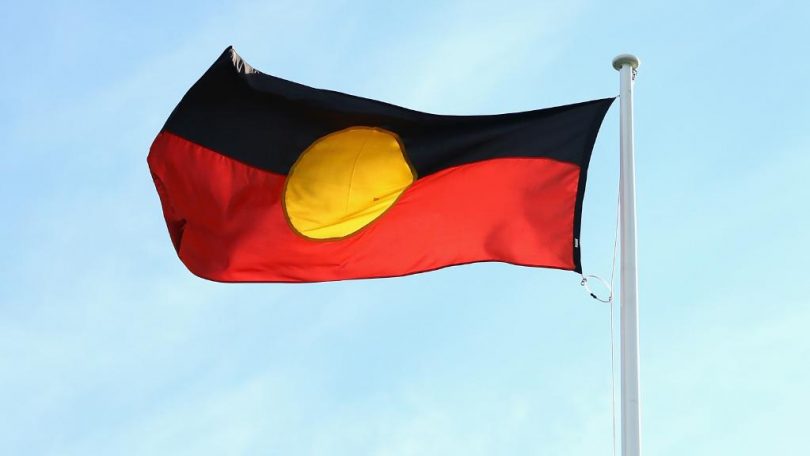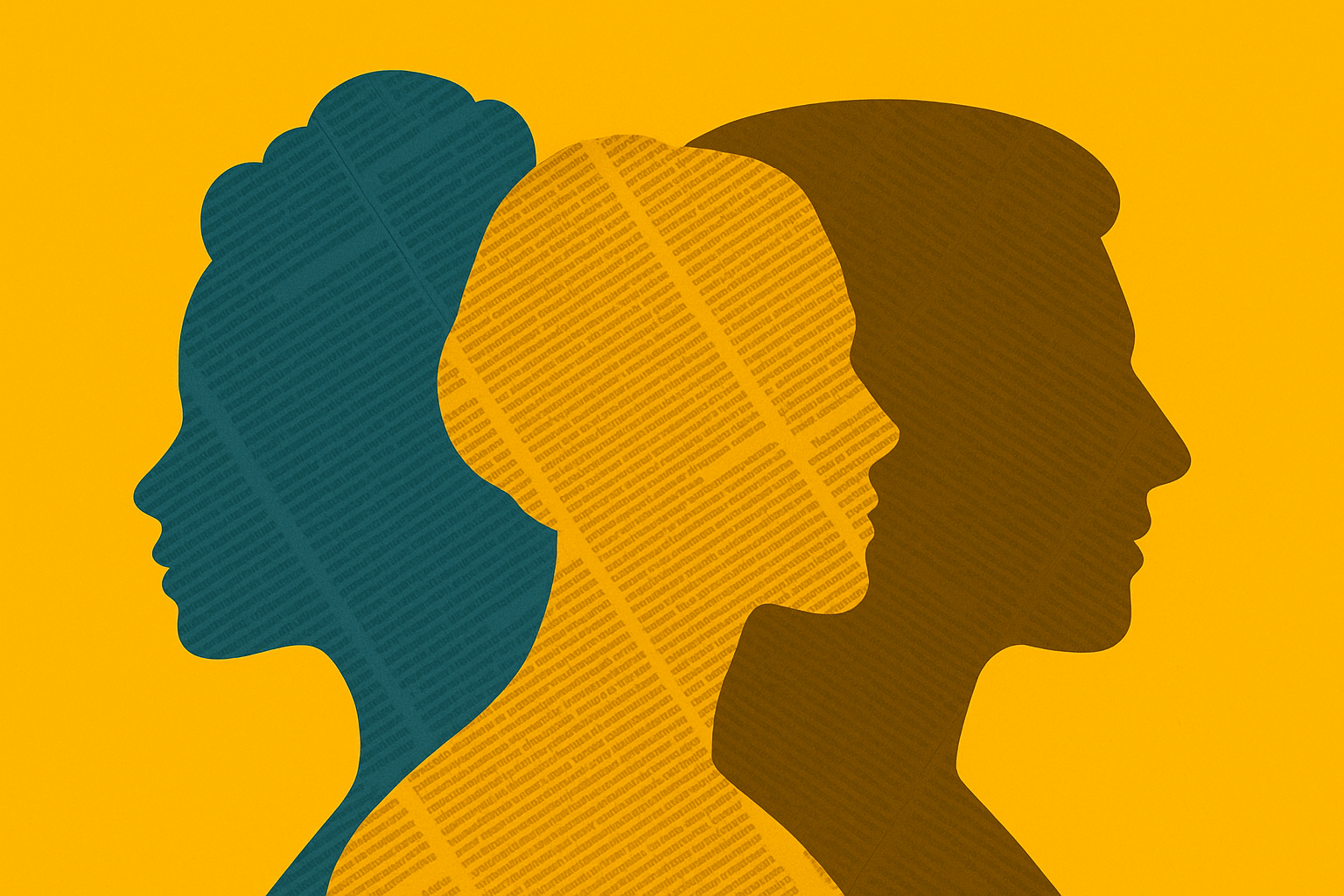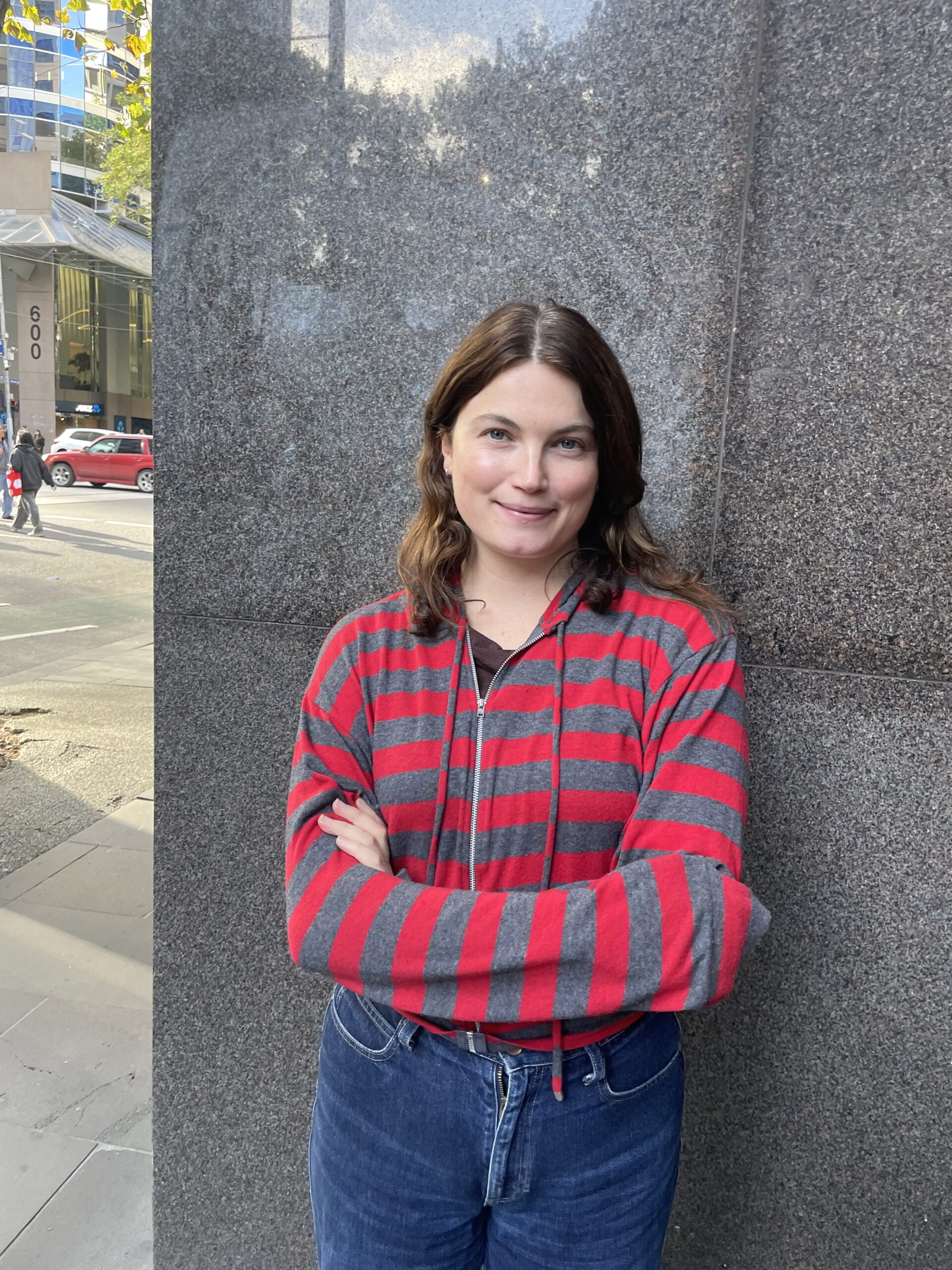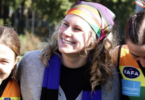Victoria’s Aboriginal population is still strides behind in health, but the government remains optimistic about closing the gap.
One of the largest differences exists in maternal health, where Aboriginal rates in perinatal mortality and low birth weight double non-Aboriginal rates.
[infogram id=”d39912e4-9160-4976-a729-bfbea6c336d1″]The most recent figures from 2013 showed a staggering 20.7 (per 1000 births) perinatal mortality rate for babies born from Aboriginal mothers. Perinatal refers to the period just before birth and up to a month after birth. In comparison, the non-Aboriginal rate for this same metric was just 7.2.
[infogram id=”e67147fe-e570-45f0-90e2-e843d2054448″]Similar figures were observed in low birth weight rates, where 12 per cent of Aboriginal babies were born under 2500 grams, compared to 6.7 per cent of non-Aboriginal babies.
However, data reportage surrounding Aboriginal health has often been inaccurate.
Darren Clinch, from the Department of Health and Human Services, oversees performance and accountability in the Aboriginal Health branch and attributes this to several reasons.
“There’s still a lot of fear in Aboriginal people in identifying in datasets, so much of our work is going into improving the quality of the datasets so we can become more confident,” Mr Clinch said.
Furthermore, the large difference in the population sizes of Aboriginal and non-Aboriginal Australians affects how the data is presented. Aboriginal Australians make up just a small percentage of the population – in Victoria currently estimated at around 53,600. That’s merely 0.9 per cent of the total 6 million people that live in Victoria.
[infogram id=”71375d44-5555-41ae-8c1d-4526ad4e15aa”]Due to the nature of statistics, Mr Clinch said “the bigger numbers are more stable, while smaller numbers are more volatile.”
Hence the Aboriginal rates, as visualised in the graphs above, appear vastly different from year to year – though the actual numbers remain quite stable. Despite this fact, it’s clear there is still a large problem within Aboriginal health.
Koolin Balit (meaning ‘healthy people’ in Boonwurrung language) is a ten-year health strategy introduced in 2012, and is one of the most significant ways in which the Victorian Government is combatting the issue.
The key difference between this strategy and previous attempts at closing the health gap is the inclusion of Aboriginal Australians in the decision making process. Victorian regions brought together committees of local experts in the Aboriginal community, who then decided which programs were worth funding with the $61.7 million allocated by the State Government.
“These are locally driven solutions for locally identified problems,” said Mr Clinch, “and we’ve seen great success with that.”
The Koori Maternity Service program has been one of the most successful strategies to emerge from Koolin Balit. In fourteen locations across Victoria, the program runs targeted and supportive maternal care for Aboriginal mothers. More than 40 per cent of all Aboriginal women who gave birth in Victoria were supported by this program in 2014, and this number is predicted to rise.
Overall, it’s still too early to say whether the strategy is on target to meet goals by 2022. Yet many Aboriginal advocates are optimistic about the Government’s approach.
The Victorian Aboriginal Community Controlled Health Organisation (VACCHO) is the leading advocacy group for Aboriginal health and wellbeing, and represent the Aboriginal Community Controlled Health Organisations (ACCHOs) that carry out much of the grassroots strategy.
Jill Gallagher, CEO of VACCHO, believes the shared responsibility between government and local groups is the best approach to gain results.
“At every level, we see there is a commitment to partnership with the Aboriginal community and a commitment to making the health of Aboriginal people everyone’s responsibility,” Ms Gallagher said.
Mr Clinch agrees with this sentiment. “Aboriginal people standing side by side with non-Aboriginal people… that’s when change will happen.”
Lea Stevens







